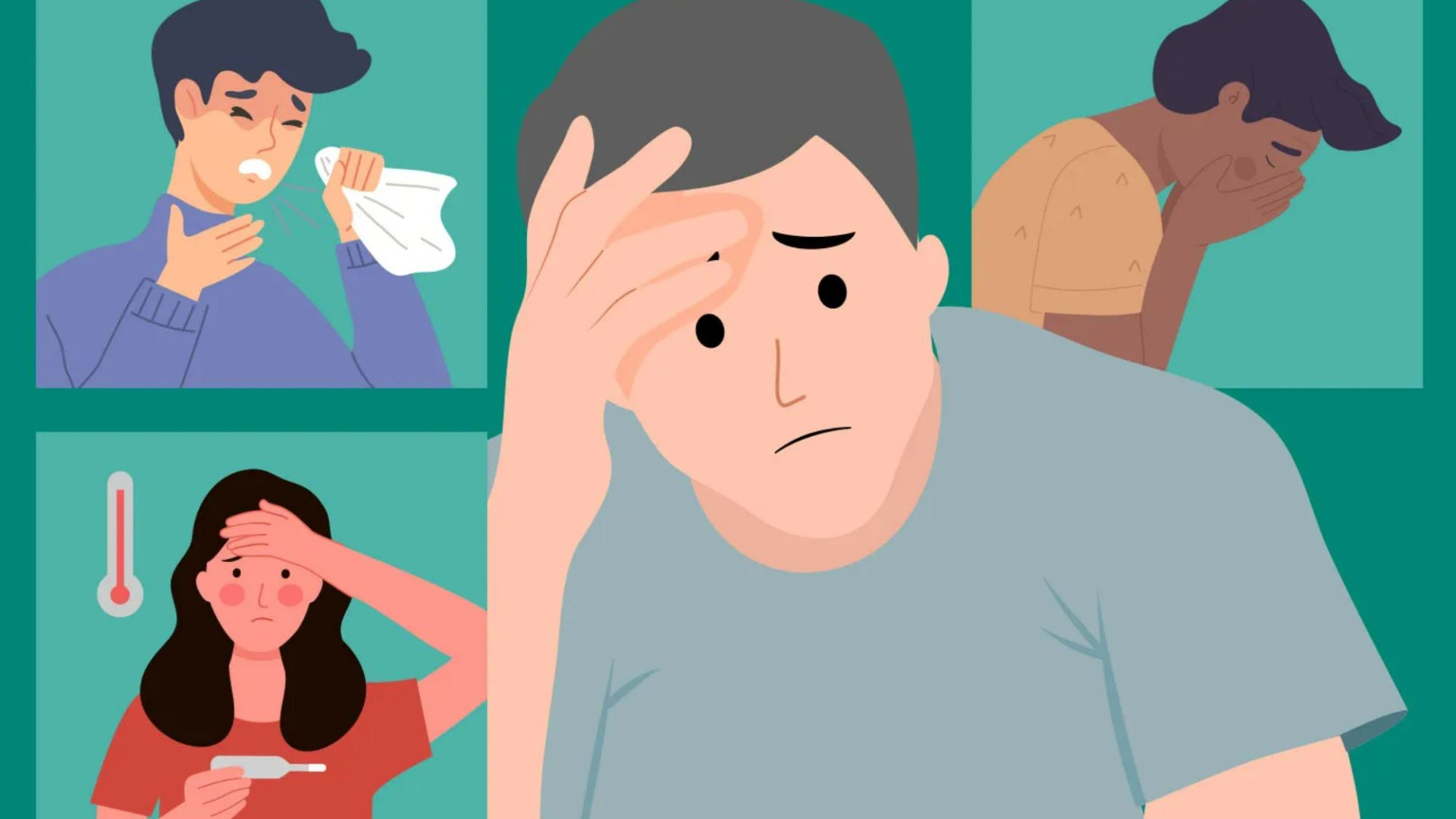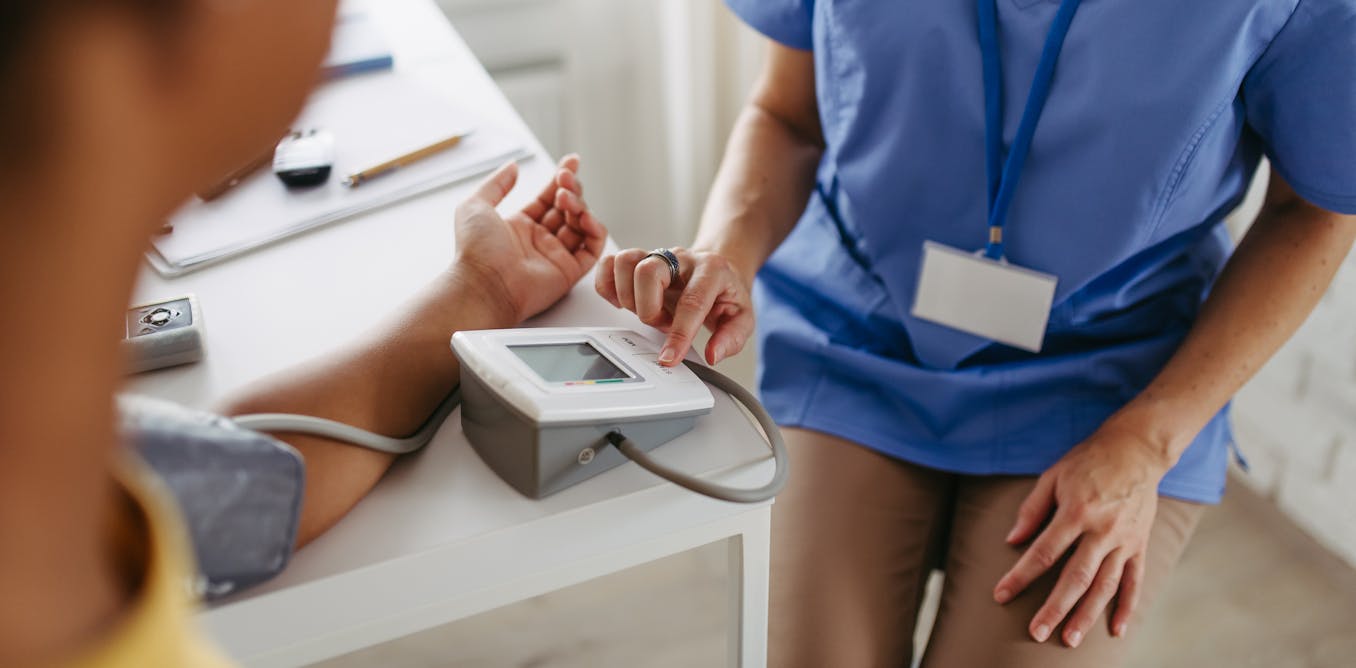DURING the winter months, it’s pretty common to have a lingering cough or be struck down with the flu.
But with the deadly Victorian disease tuberculosis (TB) seeing a resurgence in England, officials have urged Brits to be vigilant about its symptoms.
2
TB is one of the most infectious killer diseases in human history and has started to surge globally for the first time in decades.
The latest figures from the UK Health Security Agency showed cases jumped by more than 11 per cent last year, rising from 4380 in 2022 to 4855 in 2023.
Health officials are now calling the highly infectious bug a “serious public health issue in England”.
According to the UKHSA report, London recorded the highest infection rates in the UK, with 18.7 cases per 100,000 people.
Read more on infectious diseases
It also found cases increased across both UK-born and non-UK born populations in 2023.
But 80 per cent of all cases occurred in individuals born outside the UK, with the majority coming from countries where TB is more prevalent, like India, Pakistan, Nigeria and Romania.
TB is serious and can be fatal if untreated.
It tends to affect the lungs but can also have an impact on the tummy, bones, glands and nervous system.
Health experts day the disease’s symptoms might easily be confused with a cold or flu, and they urged anyone with a a persistent cough and fever to see a GP.
Dr Esther Robinson, head of the TB unit at UKHSA, previously said: “Not every persistent cough, along with a fever, is caused by flu or Covid-19.”
She explained how to spot a cough that could be caused by TB: “A cough that usually has mucus and lasts longer than three weeks can be caused by a range of other issues, including TB.”
And she urged anyone with the following symptoms to speak to a GP.
The 6 signs of TB to know
According to the NHS, the symptoms of TB include:
- A persistent cough that lasts more than three weeks and usually brings up phlegm, which may be bloody
- Feeling tired or exhausted
- A high temperature and night sweats
- Loss of appetite
- Weight loss
- Feeling generally unwell
But if TB spreads to other parts of your body, such as your lymph nodes, bones or brain, you may also have other symptoms like:
- Swollen glands
- Body aches and pains
- Swollen joints or ankles
- Tummy or pelvic pain
- Constipation
- Dark or cloudy pee
- A headache
- Being sick
- Feeling confused
- A stiff neck
- A rash on the legs, face or other part of the body
If you have symptoms, this is called active TB.
It’s possible to have TB in your body but have no symptoms – this is called latent TB.

2
This type of TB cannot be spread to others, but it can turn into active TB in the future.
Treatment for either active or latent TB requires taking antibiotics for up to six months.
People are at higher risk of the disease if they are in close contact with a person known to have the disease, travel to countries with high rates of TB, are homeless, are addicted to drugs, have a weakened immune system or are in prison.
A global threat
Globally, 7.5million people were diagnosed with tuberculosis in 2022 – the highest number ever recorded.
The World Health Organisation (WHO) said this was because many people were unable to get a diagnosis or receive treatment during Covid lockdowns.
A separate report found cases of drug-resistant TB had increased by three per cent between 2020 and 2021.
Experts that warned the disease could be overtaking Covid as a threat to the UK.
Professor Robert Wilkinson, who is trying to find a cure for the disease, said it’s “inevitable TB will be the most deadly infectious disease in the world again”.
The NHS stopped offering the BCG vaccine against TB to children in 2005, now only targeting only children who travel to badly-affected countries.
“The proportion of resistant TB is gradually increasing everywhere and that is a problem in Europe too”, the Prof from London’s Francis Crick Institute, told the Mirror earlier this year.
Until now, cases of the deadly infection have decreased by about two per cent per year for most of the past two decades.
According to a report on TB by the World Health Organization (WHO) the disease killed nearly 1.6 million people in 2021 – making TB the second leading infectious killer after Covid-19.
Many people were unable to get a diagnosis or receive treatment during Covid lockdowns.
To make matters worse, cases of drug-resistant TB also increased by three per cent between 2020 and 2021, the report said.
In July 2022, Brits were urged to be on the lookout for signs of the deadly Victorian disease after an outbreak at a university in Wales.
Three students at a university campus tested positive for the illness – eight months after coming into close contact with someone who died from the disease.
Illnesses such as scarlet fever, measles and mumps have all risen dramatically since Covid began.
How can I protect myself against TB?
There is a shot to protect you against tuberculosis called the BCG vaccine.
It’s given during childhood and is currently the most widely used shot globally.
It is no longer offered to secondary school kids in the UK and instead only targets young children deemed most at risk.
The NHS recommends it for the following groups:
- Babies who live in areas of the UK where TB is more common
- Babies and children who live with someone who has TB
- Babies and children who were born or lived in a country where TB is more common
- Babies and children whose parents or grandparents were born in a country where TB is more common
- People aged 35 and under who are spending more than 3 months in a country where TB is more common
- People at risk of getting TB through their work, such as healthcare workers who work with people who have TB




